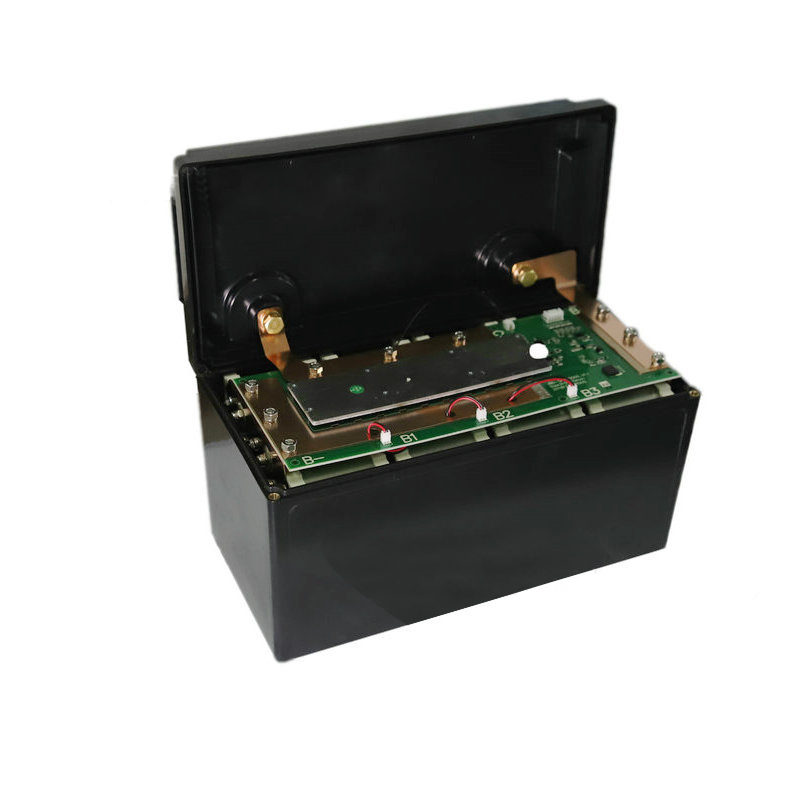When designing a battery system using LiFePO4 (Lithium Iron Phosphate) battery, one of the most critical steps is determining the right voltage and capacity to meet your specific requirements. This guide will walk you through the fundamental calculations to help you choose the best battery setup for your application.

LiFePO4 batteries are widely used for applications such as solar energy storage, electric vehicles, and backup power systems due to their long lifespan, high energy density, and safety features. Before calculating the required voltage and capacity, it’s essential to understand two key parameters:
1. Voltage (V): LiFePO4 cells have a nominal voltage of 3.2V per cell and a fully charged voltage of around 3.6V.
2. Capacity (Ah): This indicates how much charge a battery can store and is usually measured in ampere-hours (Ah).
The total voltage of your battery pack depends on the number of cells connected in series (S). Use the following formula:
Total Voltage (V) = Number of Cells in Series (S) × 3.2V (Nominal Voltage per Cell)
Example:
If your system requires 12V, you need:
12V / 3.2V ≈ 4 cells in series (commonly written as 4S configuration).
For a 24V system, you need:
24V / 3.2V ≈ 8 cells in series (8S configuration).
For a 48V system, you need:
48V / 3.2V ≈ 15 cells in series (15S configuration).
To calculate the required battery capacity (Ah), consider your energy consumption. Use this formula:
Capacity (Ah) = Energy Consumption (Wh) / System Voltage (V)
Where:
Energy Consumption (Wh) is the total watt-hours required per day.
System Voltage (V) is determined from Step 1.
Example:
If your system consumes 1000Wh per day and you are using a 12V battery pack, your required capacity would be:
1000Wh / 12V = 83.3Ah
To account for depth of discharge (DOD) and efficiency losses, increase the capacity by 20-30%. If we assume 80% usable capacity, the adjusted capacity is:
83.3Ah / 0.8 ≈ 104Ah
So, you would need a 12V 104Ah battery or a combination of smaller batteries that sum to this capacity.
LiFePO4 batteries can be connected in:
Series (S) to increase voltage.
Parallel (P) to increase capacity.
Example:
For a 24V 200Ah system, you could configure:
8S2P (8 cells in series, 2 in parallel) with 100Ah cells.
8S1P (8 cells in series, 1 in parallel) with 200Ah cells.
To ensure your battery pack can handle the power demand, calculate the discharge current:
Discharge Current (A) = Power Demand (W) / Voltage (V)
For a 1000W inverter on a 24V system:
1000W / 24V = 41.7A
Ensure your battery’s continuous discharge rating supports this.
By following these steps, you can determine the optimal LiFePO4 battery voltage and capacity for your application. Always consider future expansion, efficiency losses, and discharge limits when designing your battery pack. With proper calculations, you can ensure a reliable and long-lasting energy storage system!
Next:Why LiFePO4 Thermal Runaway: Causes, Hazards, Solutions
Previous:How to Safely Connect Lithium Batteries with Different Amp Hours: Practical Tips and Solutions
Contact Person: Miss. Elsa Liu
| WhatsApp : | +8617763274209 |
|---|---|
| Skype : | +8617763274209 |
| WeChat : | 17763274209 |
| Email : | Elsa@lifepo4-battery.com |